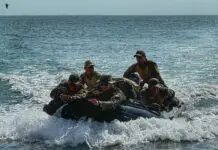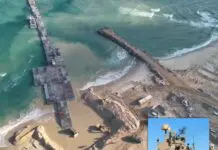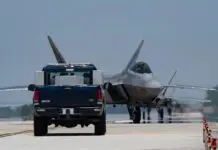The recent optimism generated by the purchase of F-16 fighters for the Argentine Air Force contrasts with the current situation facing the Argentine Navy. Among the numerous challenges, we can list the situation of its Sea Fleet, the Submarine Force Command without operational units, and the nearly non-existent Naval Aviation Command. The current panorama of the navy should draw the attention of civilian and military authorities, as the lack of naval capabilities turns the Argentine Sea into the country’s soft force, lacking the necessary means to monitor, guard, and, in the worst-case scenario, defend it.

Previously, we discussed the Submarine Force Command and the need to incorporate new units, whether second-hand units retired from service or as part of a new unit acquisition program. A similar case is seen in the Sea Fleet, which will enter a constant process of decommissioning without replacement in a few years if urgent measures are not taken. The confirmation of retirements, after more than a decade without sailing in both cases, of the MEKO 360 destroyer ARA Heroína and the multipurpose ship (originally a Type 42 destroyer) ARA Hércules serves as a warning of what is to come.
As of today, the operational core with combat units of the Sea Fleet consists of a handful of assets with an average age of 40 years. These include the three MEKO 360 destroyers acquired from Germany in the 1970s and delivered in the 1980s, as well as the MEKO 140 corvettes acquired from the same source, with units built locally and delivered with significant delays. Despite modernization plans and proposals, which should have been carried out at least two decades ago, the reality shows that many units are closer to retirement than to having a second life. This is particularly evident regarding the plans for operational conversion to patrol vessel status for one of the MEKO 140s, about which there are no news.
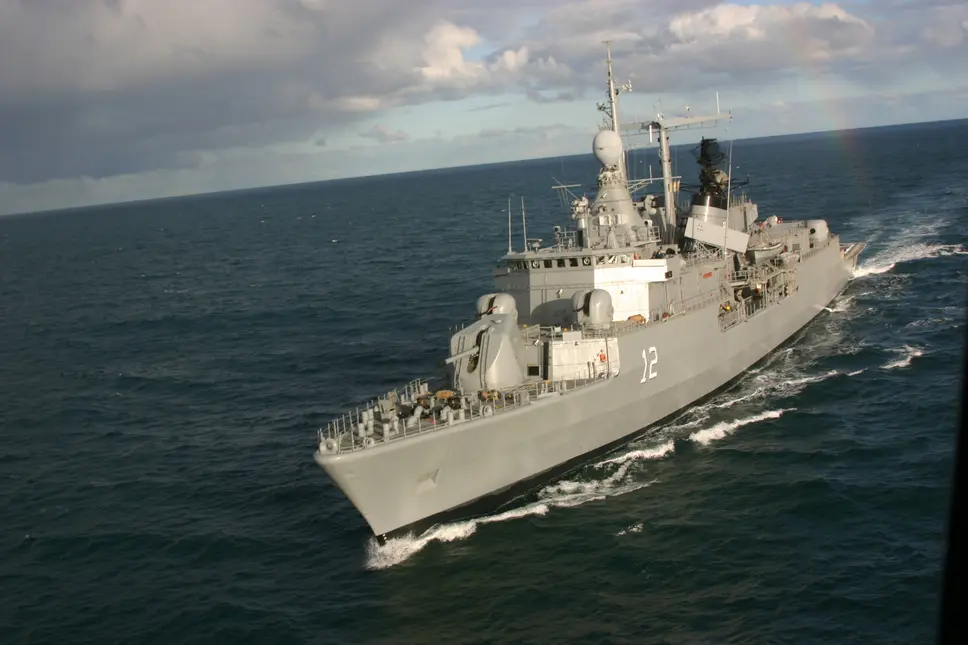

In the case of the MEKO 360s, while modernization proposals have been received (both from INVAP and from the Turkish company ASELSAN), which, as usual, are being indefinitely analyzed, the question about whether modernizing naval assets with an average age of 40 years is feasible considering the motorization and propulsion problems that the class faces, which led to the definitive retirement of the ARA Heroína (D-12).
The Argentine Navy must sooner rather than later define what profile its force can have and shape it in the short term to survive as such, considering that it cannot continue with a deployment and unit disposition that responds to bygone times. Also, measures must be taken in a realistic Acquisition Policy with the resources that the country can contribute to initiate a regeneration of military capabilities at all levels, which, despite the efforts of the General Staffs of each force, also requires political leadership to strictly comply with the provisions of the FONDEF Law, as well as an increase in the Defense Budget so that it exceeds at least 1% of GDP in real terms in a first stage, aiming to reach its historical average of around 1.4 or 1.5% in the coming years.
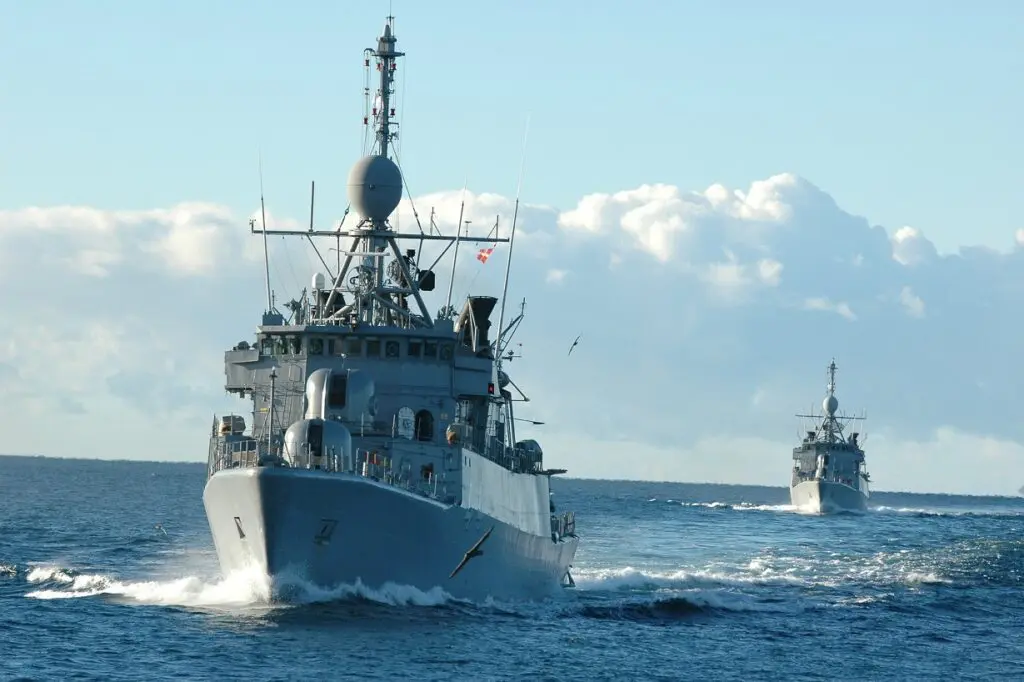
If these minimum provisions are not met, which are also necessary but not sufficient conditions, the Sea Fleet of the Argentine Navy is inexorably heading towards its extinction as a force, being reduced to a small group of patrol vessels resembling more of a Coast Guard than a military force. Time will tell what the final outcome of this ominous fate will be.
*Photographs used for illustrative purposes.
You may also like: After the F-16 – The Argentine Navy still seeks and analyzes alternatives to incorporate submarines in the short term





